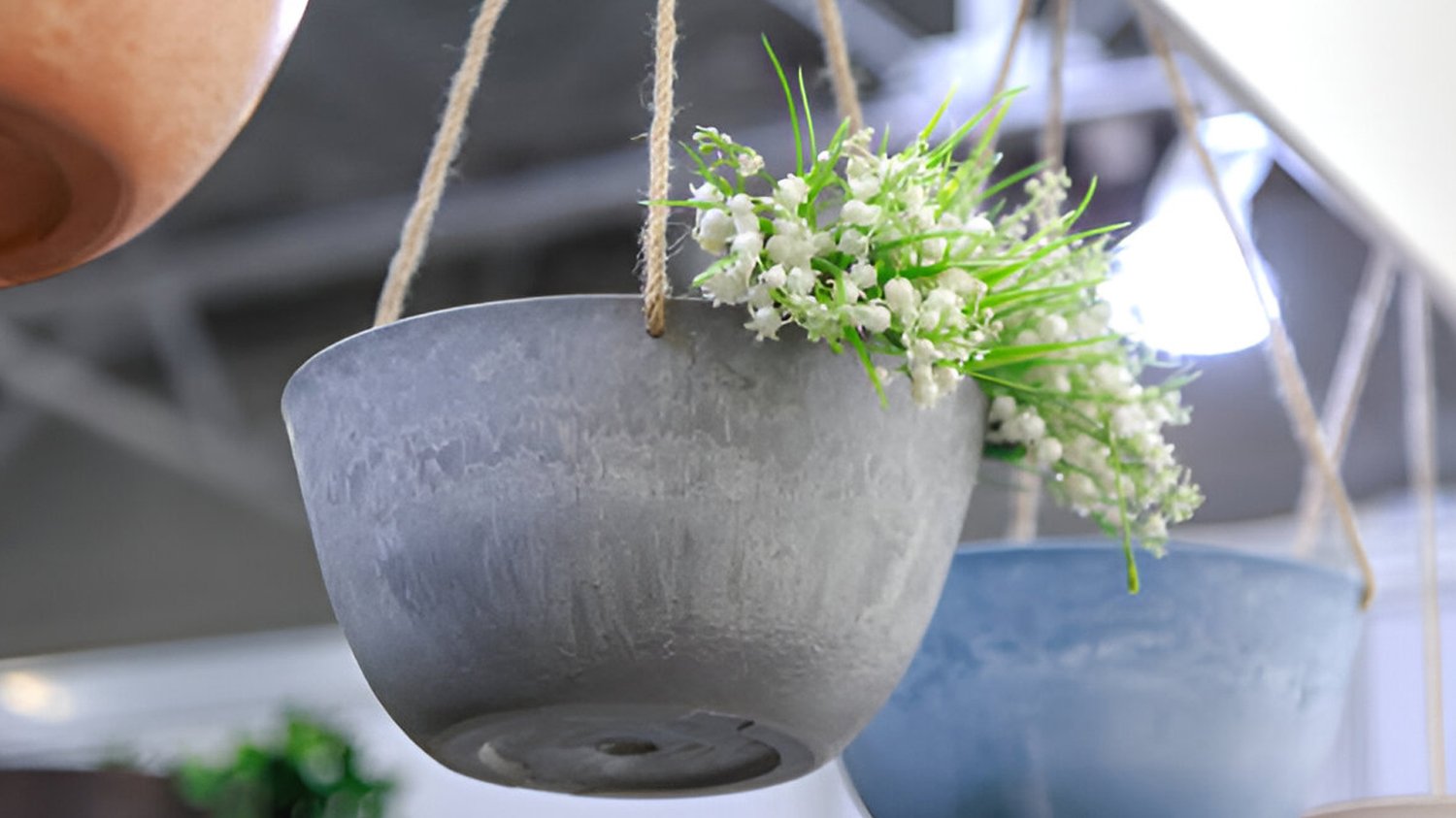Introduction
Concrete planters are a beautiful addition to any garden or outdoor space. However, if you’ve invested in a concrete planter, you may be wondering if sealing it is necessary. In this article, we’ll take a closer look at the benefits and drawbacks of sealing concrete planters, so you can make an informed decision for your specific needs.
1. Protects Against Water Damage
Unsealed concrete can absorb water, which can result in extreme damage to the planter over time. Sealing your concrete planters will create a barrier and stop water from penetrating the surface of the concrete. This is essential if you live in an area with frequent rainfall, as water accumulation can lead to cracks, breaks, and potentially even mold.
2. Prevents Fading
A lack of sealing can cause your concrete planter to fade in color over time, due to exposure to harsh sunlight. Sealing will help to preserve the vibrancy of the color and prevent fading. This is essential for those who are looking to maintain the aesthetic appeal of their planter for years to come.
3. Lengthens Lifespan
If you’re concerned about the longevity of your concrete planter, then sealing it is essential. The sealant will provide additional strength and durability, ultimately lengthening the life of the concrete. This means you won't have to replace it as often, and it can continue to be a beautiful addition to your garden or outdoor space for many years.
4. Provides Easy Maintenance
Sealed concrete planters are much easier to maintain compared to unsealed ones. The sealant prevents dirt, grime, and other contaminants from penetrating the surface, making cleaning and maintenance a breeze. This is particularly important if you don't have much time for upkeep or if you live in a dusty area.
5. Enhances Appearance
Applying a sealant to your concrete planter can enhance its overall appearance. The shiny finish created by the sealant can provide an elegant and polished look, adding to the overall beauty of your outdoor space. This is perfect for those who want their concrete planter to be a visually appealing centerpiece.
6. Protects Against Stains
Sealing your concrete planter can help protect it from stains, such as oil and other chemicals. This is particularly important if you plan to use the planter for activities that involve potential spillages, such as a BBQ or gardening. Without a sealant, such stains can be difficult to remove and can potentially damage the surface of the planter.
7. May Prevent Cracks
Sealing your concrete planter can help prevent cracks from forming. This is particularly important if you live in an area that experiences extreme weather conditions, such as frequent freezing or extreme heat. The sealant acts as a protective layer, which can help extend the lifespan of your planter and prevent cracks from forming due to temperature changes.
8. Can be Time-Consuming
Applying a sealant to your concrete planter can be a time-consuming process. You’ll need to dedicate a significant amount of time to prepare the planter, apply the sealant, and allow it to dry fully. This can be frustrating for those who have little time for maintenance or who want to start using their planter immediatly.
9. May Alter Appearance
Applying sealant to your concrete planter can change the appearance of the concrete, creating a shiny and glossy finish. Some people like this look, while others prefer the natural, matte finish of unsealed concrete. Additionally, some sealants themselves may contain chemicals and consequently affect the appearance of the plant, though such sealants are generally safe to use.
10. Not Suitable for All Planters
While sealing concrete planters is generally a good idea, it’s not always appropriate or necessary for all planters. If your planter is primarily decorative, rather than functional, and isn't exposed to the elements, then there may be no need to apply a sealant. It’s important to assess the specific needs of your planter before deciding whether or not to seal it.

